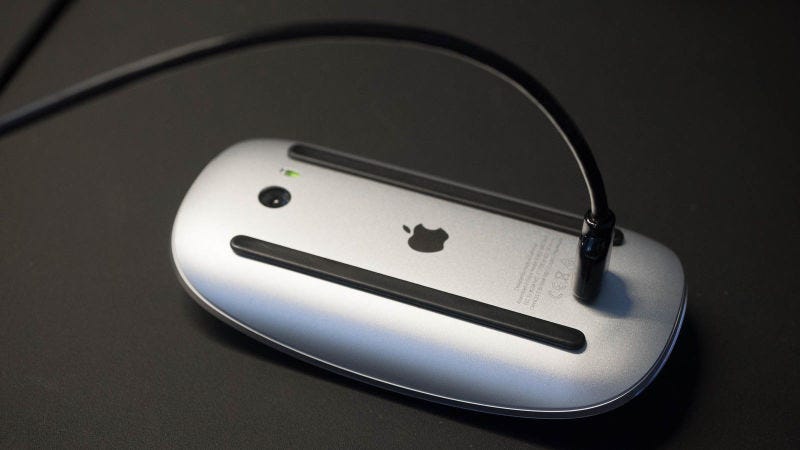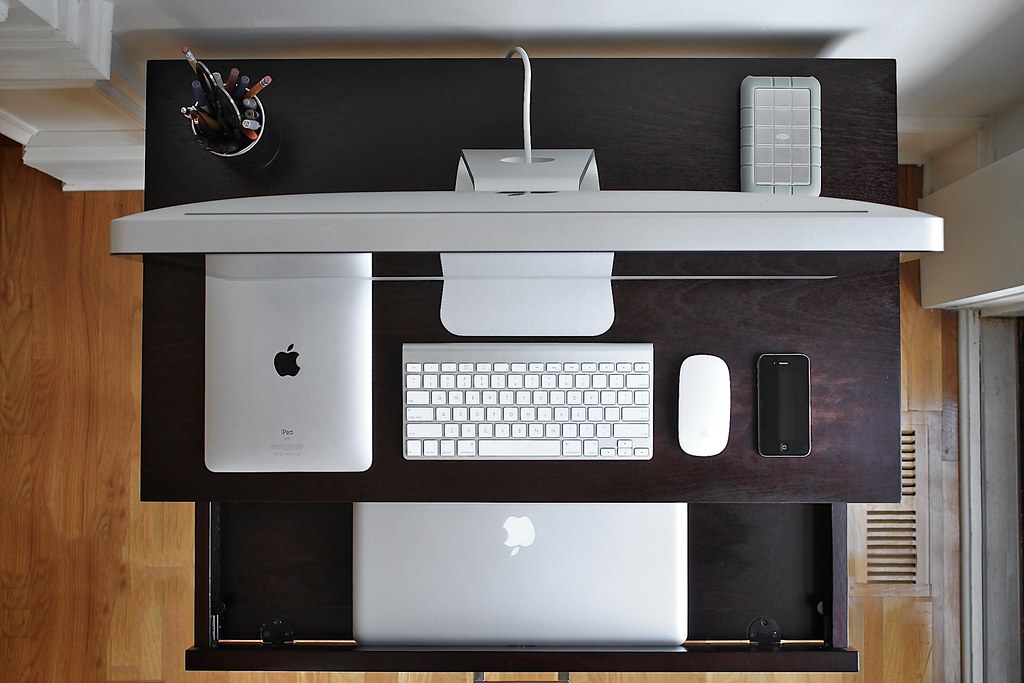Apple Mac Wireless Keyboard Mouse
Apple Mac Wireless Keyboard Mouse
- How to identify your Apple wireless mouse, keyboard, or trackpad Update your software and check your version of macOS. First, use Software Update to check for any new software your. Identify your device and its requirements. Learn about device names, descriptions, and minimum software.
- Macally Full Size USB Wired Computer Keyboard with Built-In 2-Port USB Hub - Perfect for your Mouse & 16 Apple Shortcut Keys for Mac OS, Apple iMac, Mac Mini, Macbook Pro/Air (XKEYHUB) 4.1 out of 5 stars 136.
- Wireless Keyboard and Mouse,JOYACCESS USB Slim Wireless Keyboard Mouse with Numeric Keypad Compatible with iMac Mac PC Laptop Tablet Computer Windows (Silver White) 4.2 out of 5 stars 4,419 $34.99 $ 34.
- Apple Wireless Keyboard And Mouse
- Wireless Keyboard Mac
- Apple Mouse And Keyboard
- Mac Keyboard And Mouse
Hi Saint Anne,
Happy Thanksgiving Day! Since both of your wireless input devices are not working at the moment, do you have a wired mouse you can use to straighten this out? Here are some troubleshooting steps to try:
Wireless Connection issue
Use an Apple wireless keyboard, mouse, or trackpad with Mac. Make sure the device you’re setting up has charged batteries and is turned on. On your Mac, choose Apple menu System Preferences, then click Keyboard, Mouse, or Trackpad. If you’re setting up a mouse or trackpad, follow the onscreen.
Make sure Bluetooth is turned on
First, choose Apple () menu > System Preferences > Bluetooth and confirm that Bluetooth is turned ON.
The Bluetooth menu bar icon should turn:
- Black if Bluetooth is turned ON and no devices are connected.
- Light grey with three dots if Bluetooth is ON and at least one wireless device is connected.
- Light grey (or disappear completely) if Bluetooth is turned OFF, or if the iMac is unable to communicate with the Bluetooth module.
Refer to the Bluetooth Menu Icon table below for more information on determining the Bluetooth status. If the Bluetooth icon does not appear, or if the menu bar status continues to indicate that Bluetooth is off, restart your computer and then attempt to turn Bluetooth ON again.
Bluetooth OFF
Bluetooth ON and connected to wireless device
| Bluetooth menu icon | Bluetooth status |
| Bluetooth turned on, but there are no devices connected to the Mac. See the 'Make sure the wireless mouse or keyboard is turned on' section of this article. | |
| Bluetooth turned on and at least one wireless device is connected. See the 'Make sure the wireless mouse or keyboard is turned on' section of this article. | |
| When this icon flashes, at least one wireless device has a low battery. Click the Bluetooth icon to identify the affected device, then replace the batteries. | |
| Bluetooth is off. Click the Bluetooth icon using a USB mouse and select 'Turn Bluetooth On'. Note: Mac OS X won’t allow Bluetooth to be turned off unless a USB mouse is connected. | |
| Bluetooth offline. Restart your Mac. If the Bluetooth status doesn’t change, disconnect all USB devices and restart your Mac again. |
Make sure the wireless mouse and keyboard are turned on.
Mouse
Keyboard
- Push and release the On/Off switch to turn on the Apple Wireless Keyboard.
- When your keyboard is on and paired, and the batteries are charged, the light will glow steadily for several seconds, then turn off.
- If your wireless keyboard isn’t paired with your Mac, the indicator light will begin to blink. This indicates your keyboard is in discovery mode and ready to pair with your Mac.
- If the LED doesn't light up, remove the batteries to make sure they're good and that they're installed correctly.
Check preferences
From the Apple () menu, choose System Preferences, then choose Bluetooth from the View menu. The Bluetooth preferences pane will list the Bluetooth devices paired with the computer, the status of the devices (paired or connected), and whether Bluetooth power is on or not.
- Click the gear icon and choose 'Connect' to connect a device that is powered on.
- To set up a new device, click the + icon and follow the Bluetooth setup assistant.
If the Mouse System Preferences pane is open and no wired or wireless mouse is connected, your Mac will immediately start looking for a wireless mouse (with Mac OS X v10.6. For Mac OS X v10.5, the Setup Assistant should open).
Keyboard or mouse intermittently stops responding
Click the mouse

from the Apple (), then choose Mouse from the View menu. The battery level indicator is in the lower-left corner. Replace the batteries if they are low. Note: Choose Keyboard & Mouse from the View menu with Mac OS X v10.5. For more information on keyboard and mouse battery levels in Mac OS X v10.5, see Desktop computers: Troubleshooting wireless keyboard and mouse issues.
Press a key on the keyboard
- Press a key on the keyboard to reconnect it with your Mac. It may take a moment for the keyboard to respond.
- Check the battery level of the keyboard. Choose System Preferences
from the Apple (), then choose Keyboard from the View menu and select the Keyboard tab. The battery level indicator is in the lower-left corner. Replace the batteries if they are low.
Check for signal interference
- Wireless networks that operate on 2.4GHz may cause interference.
- Move cordless phone base stations, microwave ovens, and other 2.4GHz electrical devices away from the Mac if you suspect interference.
- Keep wireless devices within 10 meters (33 feet) of the Mac.
- Avoid putting metal objects between the device and the Mac.
Mouse doesn't scroll up or down or side to side
- For mice that have a scroll ball, refer to How to clean your Mighty Mouse.
- Check the Scrolling speed slide-control at the top, and make sure the “Scroll” checkbox is checked.
- For scrolling side-to-side, make sure the application you’re using supports side-to-side scrolling.
- Remember, scrolling is done with one finger, and navigating is done by swiping side-to-side with two fingers.
- Navigating moves from page to page in a document or internet browser unlike scrolling.
Mouse does not track as expected (jittery, jumpy, slow, fast).

The Apple Wireless Mouse can be used on most smooth surfaces, however if tracking issues occur try these options:
- Choose System Preferences from the Apple () menu, then choose Mouse from the View menu. Set the Tracking slider to adjust how fast the pointer moves as you move the mouse.
- Try using a different surface to see if the tracking improves.
- Turn the mouse over and inspect the sensor window. Use compressed air to gently clean the sensor window if dust or debris is present.
- If multiple Bluetooth wireless devices are in use nearby, try turning them off one at a time to see if the issue improves. Bandwidth intensive devices could affect tracking.
Mouse buttons do not work as expected.
The Mouse preference pane allows users to customize the mouse features to meet their needs.
- Choose System Preferences from the Apple () menu, then choose Mouse from the View menu. Set the Tracking slider to adjust how fast the pointer moves as you move the mouse.
- Try using a different surface to see if the tracking improves.
- Turn the mouse over and inspect the sensor window. Use compressed air to gently clean the sensor window if dust or debris is present.
- If multiple Bluetooth wireless devices are in use nearby, try turning them off one at a time to see if the issue improves. Bandwidth intensive devices could affect tracking.
Apple Wireless Keyboard And Mouse
Keyboard has one or more keys that do not respond.
Use the Keyboard Viewer to test whether the keyboard keys are responding correctly when they are pressed.
- Choose System Preferences from the Apple () menu, then choose Language & Textfrom the View menu (or International from the View menu in Mac OS X v10.5 or earlier).
- Select Input Sources.
- Select the Keyboard & Character Viewer checkbox.
- Enable the input source for the keyboard layout you are testing by selecting the checkbox next to it.
- Make sure that 'Show Input menu in menu bar' is enabled.
- Choose Show Keyboard Viewer from the Input menu in the menu bar, as shown.
- The Keyboard Viewer shows the keyboard layout.
- Type the key on the keyboard that doesn’t respond and observe whether the corresponding key highlights on the Keyboard Viewer. If it does, that particular key is functioning correctly. In the sample shown above the shift and command keys are being pressed.
- If the mouse keys feature in the Universal Access System Preferences pane is enabled, many of the keyboard keys may not respond as expected.
- Try starting up into single user mode to determine whether a software issue is causing the issue.
Wireless Keyboard Mac
Cheers,
Apple Mouse And Keyboard
Judy
Mac Keyboard And Mouse
Nov 27, 2014 10:21 AM
Apple Mac Wireless Keyboard Mouse
